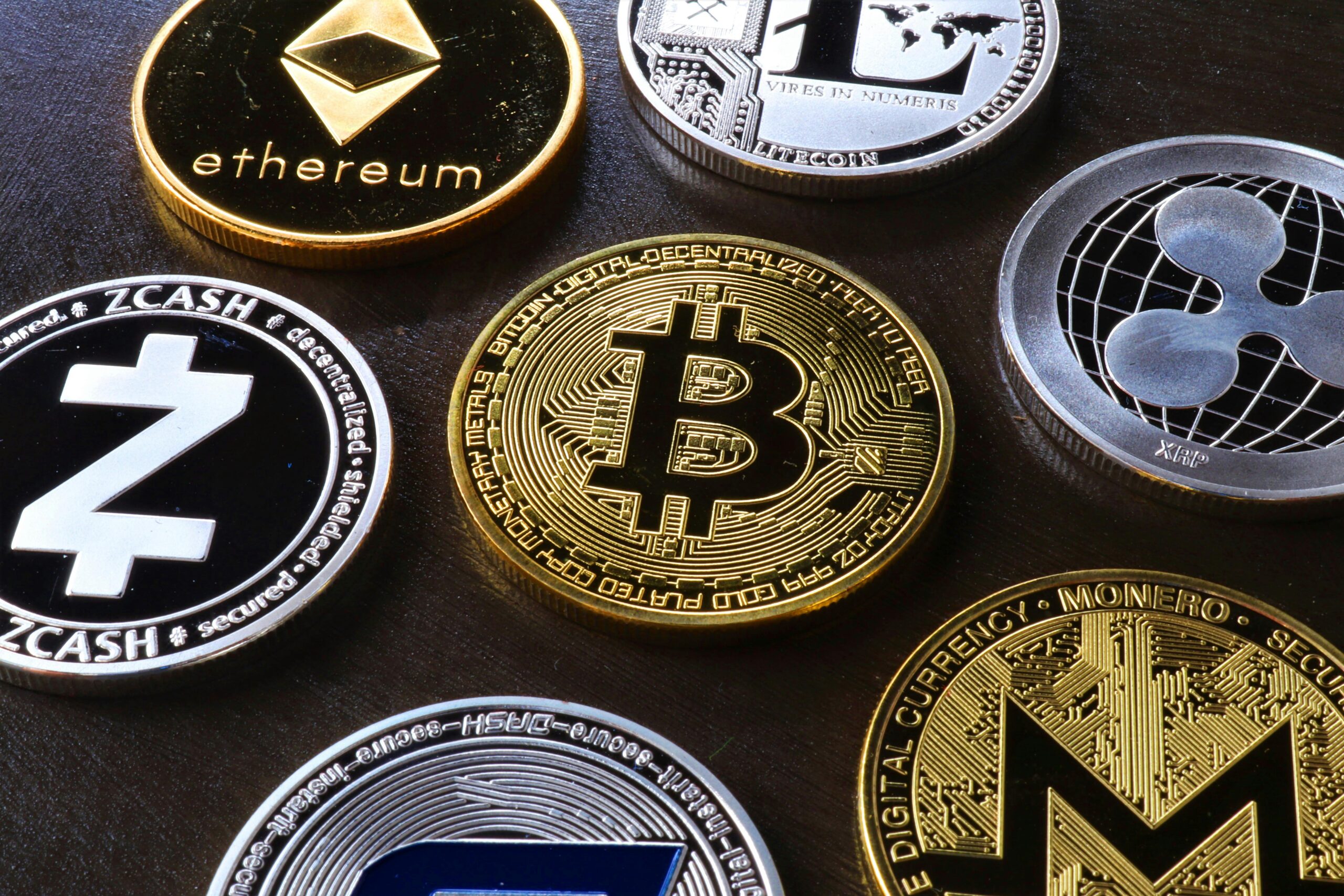In today’s rapidly evolving investment landscape, digital gold has emerged as a compelling option for investors seeking to diversify their portfolios and navigate the complexities of the modern financial world. With advancements in technology and the increasing digitization of assets, investing in digital gold offers a contemporary approach to owning and trading gold, providing numerous benefits and opportunities for investors of all levels.
Understanding Digital Gold Investment: Digital gold investment, also known as gold-backed cryptocurrencies or tokens, represents a digitalized form of physical gold. Each unit of digital gold is typically backed by an equivalent amount of physical gold stored in secure vaults. This innovative approach combines the timeless allure and stability of gold with the accessibility and efficiency of digital currencies, offering investors a unique avenue to participate in the gold market.
Table of Contents
Benefits of Digital Gold Investment:
- Security and Stability: Digital gold investments are backed by physical gold, providing investors with a sense of security and stability, particularly during times of economic uncertainty or market volatility.
- Accessibility and Convenience: Unlike traditional gold investments that may require physical storage and transportation, digital gold can be easily bought, sold, and transferred online, offering investors unparalleled convenience and accessibility.
- Fractional Ownership: Digital gold allows investors to own fractional units of gold, making it accessible to individuals with varying budgets. This fractional ownership feature enables investors to diversify their portfolios more effectively.
- Transparency and Trust: Blockchain technology, often utilized in digital gold transactions, offers transparency by recording every transaction on a decentralized ledger. This transparency enhances trust and reduces the risk of fraud or manipulation.
- Global Reach: Investors can access digital gold from anywhere in the world, eliminating geographical barriers and opening up new investment opportunities in the global gold market.
- Liquidity: Digital gold investments often benefit from high liquidity, meaning that investors can easily buy or sell their holdings at any time without significant price slippage. This liquidity is facilitated by trading platforms and exchanges that support digital gold tokens, providing investors with the ability to enter and exit positions quickly.
How to Invest in Digital Gold:
- Choose a Reliable Platform: Selecting a reputable platform or exchange is crucial for investing in digital gold. Look for platforms that comply with regulatory standards and offer secure storage solutions for the underlying physical gold.
- Register and Verify: Create an account on your chosen platform and complete the necessary verification procedures to comply with regulatory requirements. This may involve providing identification documents and undergoing Know Your Customer (KYC) procedures.
- Deposit Funds: Once your account is verified, deposit funds into your account using various payment methods accepted by the platform. Ensure that the platform supports your preferred payment method and offers competitive fees.
- Purchase Digital Gold: With funds in your account, you can proceed to purchase digital gold tokens at the current market price. Pay attention to factors such as liquidity, price transparency, and transaction fees when making your purchase.
- Store or Trade: Decide whether you want to hold your digital gold as a long-term investment or actively trade it for potential profit. Some platforms offer additional features such as staking or lending, allowing you to earn rewards on your investment while holding it.
Where to Invest in Digital Gold:

- Cryptocurrency Exchanges: Many cryptocurrency exchanges offer digital gold tokens as part of their asset offerings. These exchanges provide a convenient platform for buying, selling, and trading digital gold tokens alongside other cryptocurrencies. Some popular exchanges that offer digital gold include Binance, Coinbase, and Kraken.
- Gold Investment Platforms: There are also specialized platforms that focus specifically on digital gold investments. These platforms typically offer features such as secure storage of physical gold, real-time tracking of gold prices, and seamless trading of digital gold tokens. Examples of such platforms include Goldmoney, Paxos Gold, and Digix.
- Tokenized Asset Platforms: Tokenized asset platforms allow investors to purchase fractional ownership of physical assets, including gold. These platforms tokenize physical gold assets, enabling investors to buy and trade digital representations of gold securely. Platforms like TokenSoft and Tether Gold provide opportunities to invest in tokenized gold assets.
- Gold-Backed Cryptocurrencies: Some cryptocurrencies are directly backed by physical gold reserves, offering investors a direct exposure to the price of gold. Examples of gold-backed cryptocurrencies include PAX Gold (PAXG), Tether Gold (XAUT), and DigixDAO (DGD).
Strategies for Investing in Digital Gold:
- Diversification: Consider incorporating digital gold investments into your overall investment strategy to diversify your portfolio and mitigate risk. Digital gold can complement other assets such as stocks, bonds, and cryptocurrencies, providing a hedge against market downturns.
- Long-Term Holding: If you believe in the long-term value proposition of gold as a store of value, consider holding digital gold tokens for an extended period. By holding digital gold for the long term, you can potentially benefit from price appreciation and protect your wealth against inflation.
- Active Trading: For investors with a higher risk tolerance and a shorter investment horizon, active trading of digital gold tokens can be a viable strategy. Keep an eye on market trends, technical indicators, and geopolitical events that may impact the price of gold, and execute trades accordingly.
- Staking and Yield Farming: Some platforms offer opportunities for staking or yield farming with digital gold tokens, allowing investors to earn additional rewards on their investment. Evaluate the risks and rewards of these strategies carefully before participating.
Disadvantages of Digital Gold Investment:
- Counterparty Risk: Despite the security features of blockchain technology, digital gold investments still carry counterparty risk. Investors are reliant on the integrity and solvency of the platforms or exchanges where they hold their digital gold tokens, which may pose risks in the event of platform insolvency or hacking incidents.
- Volatility: Like any asset, the price of digital gold can be subject to significant volatility, which may present challenges for investors seeking stability and predictability in their investments. Price fluctuations in the underlying gold market, as well as broader market factors, can influence the price of digital gold tokens and lead to rapid price swings.
- Regulatory Uncertainty: The regulatory environment surrounding digital gold investments can vary significantly from one jurisdiction to another, leading to uncertainty and regulatory risks for investors. Changes in regulations or regulatory crackdowns on digital assets could impact the legality and viability of digital gold investments in certain jurisdictions.
- Custodial Risks: Investors who choose to hold their digital gold tokens with third-party custodians may be exposed to custodial risks, including the risk of theft, loss, or mismanagement of assets. While reputable custodians may offer secure storage solutions, investors should carefully evaluate the reliability and track record of custodial services.
- Technology Risks: Digital gold investments rely on technology infrastructure, including blockchain networks and digital wallets, which are subject to technological risks such as network congestion, software bugs, and cyberattacks. These technology risks could disrupt the functionality of digital gold platforms and potentially result in financial losses for investors.
In conclusion, digital gold investment offers a range of advantages, including accessibility, fractional ownership, liquidity, transparency, and global reach. However, it also comes with its share of disadvantages, including counterparty risk, volatility, regulatory uncertainty, custodial risks, and technology risks. As with any investment decision, it’s essential for investors to carefully weigh the pros and cons of digital gold investment and conduct thorough due diligence before committing capital. By understanding the risks and rewards associated with digital gold investment, investors can make informed decisions and navigate the complexities of the modern financial landscape effectively.





